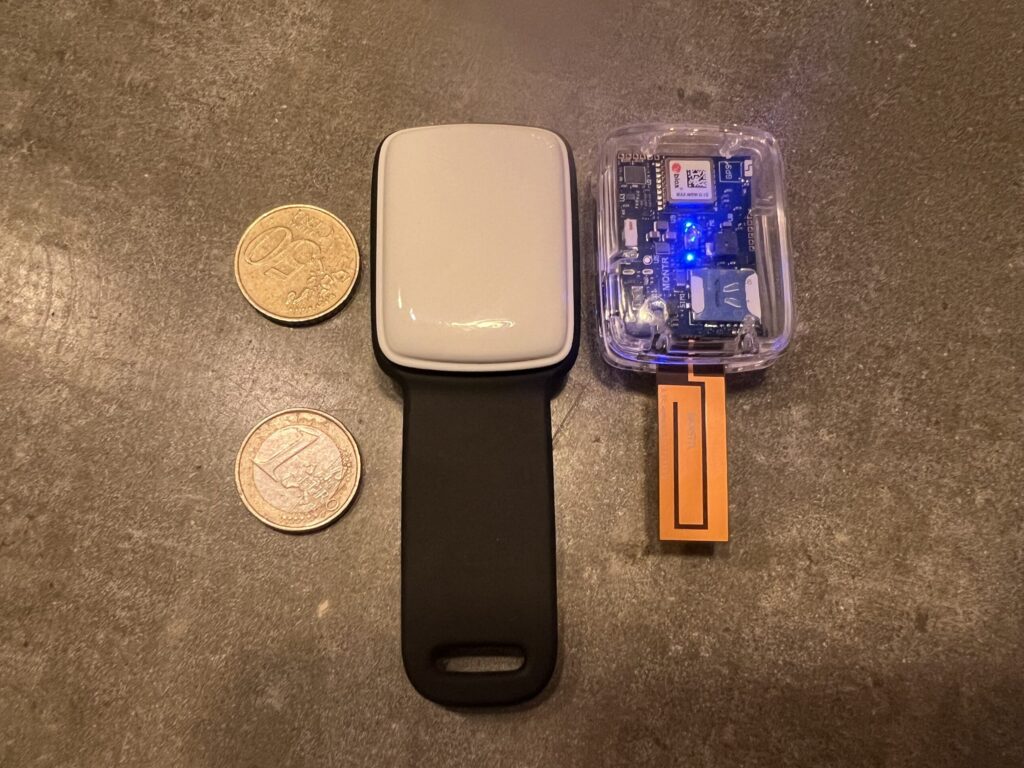The Dutch start-up Montr is one of the first companies in the global market that uses the NB IoT network for emergency messaging. Cellular IoT provides highly secure and reliable transmission with limited energy drain on the device, which is always switched on and available – month after month.
Recently a project was started to provide elderly people in the northern part of the Netherlands with an NB IoT emergency button. The emergency button is meant for inhabitants of 70+ to be able to alert nearby friends and family in case of an acute request for help or emergency. This offers the fastest way of response is this rural part of the Netherlands and strengthens the feeling of safety and security. This is important, especially now in the COVID-19 times, where many older people remain isolated and do not get out much.
Besides the Dutch market, there is also a lot of interest from abroad. Projects have already started in Germany and Norway and negotiations are ongoing with partners in Asia and the Middle East.
Specifications
The 58 x 42 x 6mm ‘Montr Emergency Button’ weighs only 29g and requires ‘zero user set-up’. Activation takes place via a double push on the button (to reduce the chance of false alarms) with which an end to end encrypted emergency message is then sent to the alarm response center (ARC).
Where ‘legacy’ personal panic buttons are already widespread, the launch of an emergency button using cellular IoT networks such as NB IoT is something completely new. Such a device does not require the high energy drain of a 3/4G equipped emergency button or needs to be connected to a smartphone or gateway.
The device uses an MFF2 sim chip – depending on the telecom operator. And supports both NB IoT and LTE m1. FOTA is supported in multiple configurations.
This device works completely stand-alone and uses the high availability and security of cellular IoT such as Narrowband IoT.
The device has been developed in-house and the main components are of European origin. For example, Nordic nRF9160 and nRF52832 chipsets and a custom made flexible LTE antenna is being used. Production of the devices also takes place in Europe, minimizing the dependence on interference from international supply lines.

